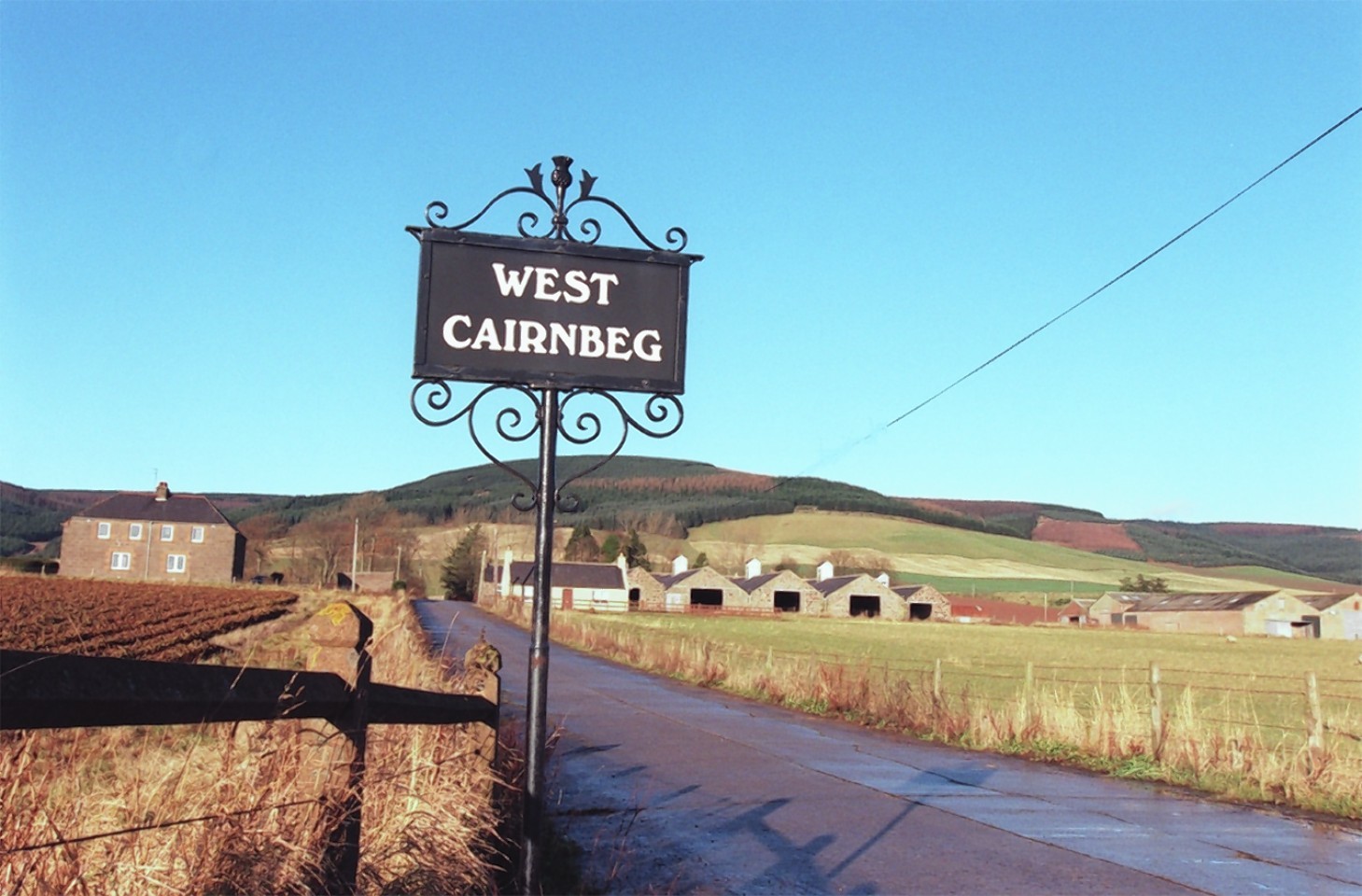The site of one of the north-east’s most infamous murders has been put on the market more than four decades after the gruesome crime was committed.
West Cairnbeg – near Fordoun, Kincardineshire – was once the home of millionaire Maxwell Garvie, who was brutally murdered by his wife Sheila and her lover Brian Tevendale, on May 14 1967.
The Garvies’ son Lloyd, who was only two when his father was murdered, still lives in the property but has now put the house up for sale with an asking price of more than £749,000.
The sale comes 48 years after his father was struck over the head and shot while he slept on the night of May 14, 1968.
Mr Garvie’s body was then left in an abandoned quarry nearby, where it remained for 94 days.
His wife reported him missing but later confessed the killing to her mother, who tipped off the police.
Officers found the body near St Cyrus and subsequently charged Garvie and Tevendale with the murder.
A third man, Alan Peters, was also charged with the murder, but was later acquitted.
The case captured the imaginations of people in the north-east after lurid details emerged of Mr Garvie’s sexual habits during the 10-day trial at the High Court in Aberdeen.
Mrs Garvie claimed in her evidence that her husband held regular swingers’ parties in a remote house near Alford, which became notorious as the “Kinky Cottage”.
She claimed she was urged to take Tevendale as her lover by Mr Garvie after she discovered that her husband was having an affair with Tevendale’s sister.
Mr Garvie tried to come between the two when they fell in love – which led to his murder.
However, she always insisted the only part she had played in the murder was to open the back door of their house to Tevendale and Mr Peters.
Tevendale, in turn, pointed the finger of blame at Garvie.
Tevendale claimed she had called him to the house where she claimed her husband had died after the gun went off during a struggle, with the him helping his lover to get rid of Mr Garvie’s body.
The case stoked such interest that hundreds of people queued outside the court on the day the jury returned a guilty verdict for both Garvie and Tevendale, both who were jailed for life.
Mr Peters was found not proven.
Tevendale, who died in 2003, and Garvie, who still lives in the area, were released from prison in the late 70s.
